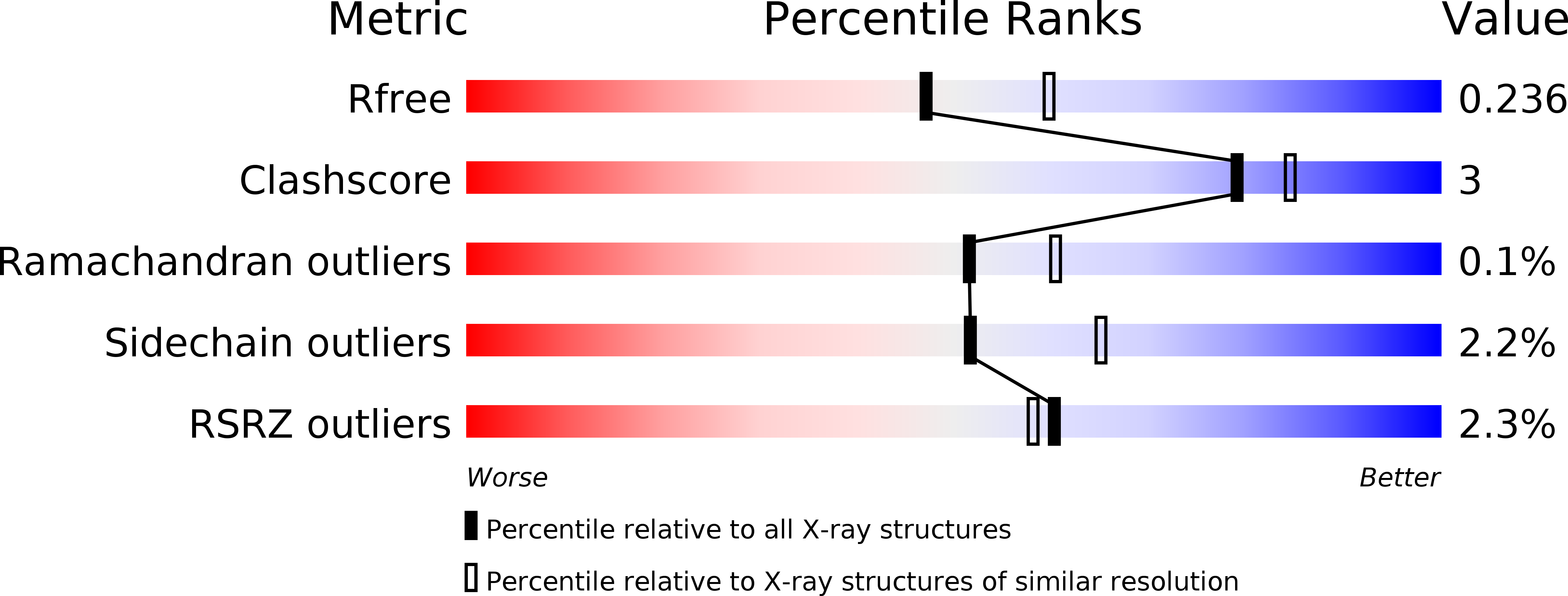
Deposition Date
2010-05-26
Release Date
2010-06-09
Last Version Date
2024-11-20
Method Details:
Experimental Method:
Resolution:
2.20 Å
R-Value Free:
0.23
R-Value Work:
0.18
R-Value Observed:
0.18
Space Group:
C 2 2 2


